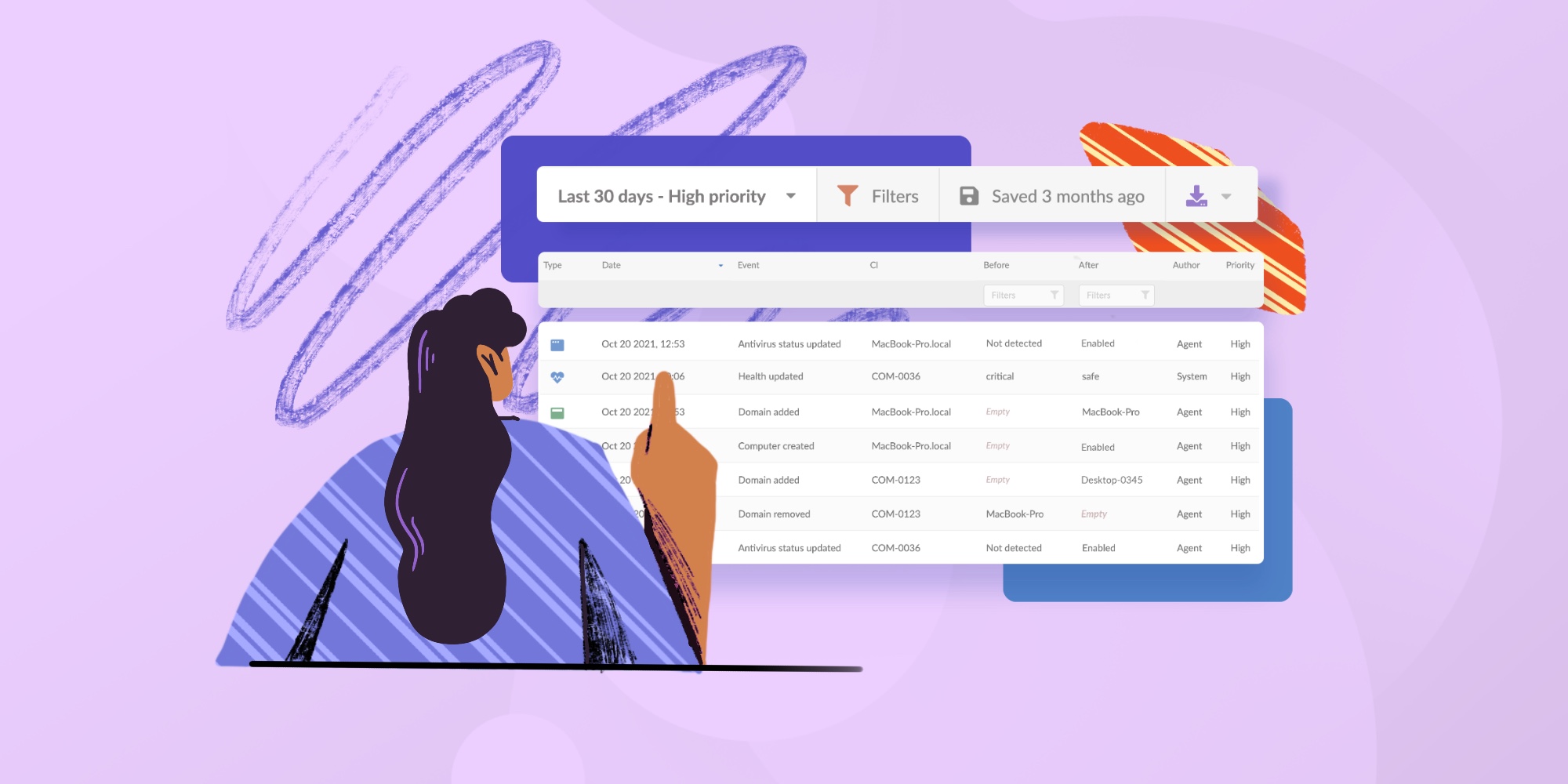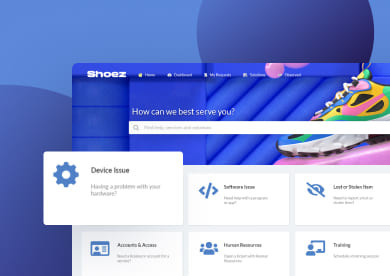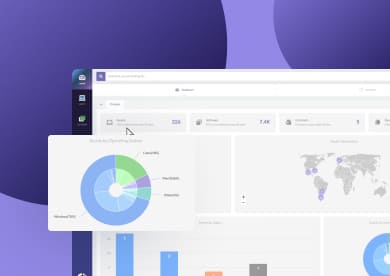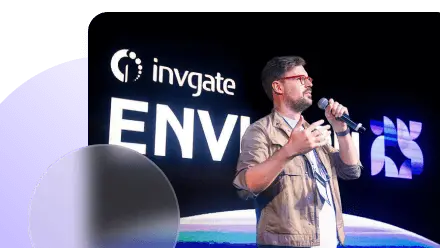IT Lifecycle Management is the process of guiding all your IT systems, services, and tools through every stage of their existence, from planning to retirement.
Sounds simple enough, right? But how do you keep track of everything when your tech environment is growing, evolving, and getting more complex by the minute?
That’s where a solid IT Lifecycle Management strategy makes all the difference. In this article, we’ll break down what ITLM really means (beyond just managing devices), why it matters, how the process works, and the best practices to keep your IT ecosystem secure, efficient, and future-ready.
What is IT Lifecycle Management?
IT Lifecycle Management (ITLM) is the process of planning, managing, and optimizing your organization’s entire IT environment. It’s not just about tracking hardware and software; it’s about knowing when to update infrastructure, how to integrate new tools, and how to improve performance and security along the way.
The goal is to ensure your technology evolves with your business, stays secure and efficient, and delivers real value throughout its lifecycle.
IT Lifecycle Management vs. IT Asset Lifecycle Management
IT Asset Lifecycle Management focuses specifically on the journey of individual IT assets. Think of it as managing the lifespan of a laptop, a server, or a software license — from acquisition and deployment to maintenance and eventual disposal.
IT Lifecycle Management, on the other hand, includes all of that but zooms out to cover the broader IT landscape. It also looks at how IT services evolve, how applications are maintained and updated, how infrastructure is upgraded, and how IT projects and policies are implemented and improved over time.

Why is IT Lifecycle Management important for organizations?
When done right, IT Lifecycle Management becomes a strategic driver of business success. Let’s break down why it matters so much:
#1: It fuels innovation and agility
Outdated systems can seriously slow things down. In fact, 86% of organizations say that inadequate or outdated technology is holding back their innovation efforts (NTT DATA, 2024). That means missed opportunities, stalled projects, and tech teams stuck in "survival mode."
With ITLM, you can proactively plan upgrades and tech refreshes, ensuring your infrastructure supports (not hinders) innovation.
#2: It reduces risks and avoids tech debt
Aging hardware and unsupported software aren’t just slow — they’re risky. 71% of organizations report that their network assets are mostly aging or obsolete, and 64% say technical debt has accumulated to worrying levels (NTT DATA, 2024).
Effective Lifecycle Management helps you spot outdated systems before they become security liabilities or compliance nightmares.
#3: It aligns IT with business goals
Nearly half of organizations say their technology strategy isn’t fully aligned with business objectives, and only 45% of executives feel their digitalization efforts are truly advanced (NTT DATA, 2024).
ITLM helps close this gap by creating a structured roadmap that connects IT decisions with real business needs — whether that’s growth, efficiency, or sustainability.
#4: It improves visibility and planning
Flying blind isn’t a great strategy. 82% of senior tech decision-makers say a lack of visibility is forcing them to react to issues instead of preventing them (NTT DATA, 2024).
A solid Lifecycle Management strategy gives you a clear view of your entire IT environment — so you can plan ahead, avoid surprises, and make smarter decisions.
#5: It optimizes costs and cuts waste
Keeping unsupported hardware running, managing overlapping software licenses, and dealing with surprise renewals can all add up fast.
Good Lifecycle Management helps reduce unnecessary spending, streamline renewals, and make sure you’re actually using what you pay for. Bonus: it also supports sustainability by extending asset life and avoiding e-waste.
6 stages of the IT Lifecycle Management process
IT Lifecycle Management goes far beyond tracking devices. It’s a continuous process that ensures your entire IT ecosystem is aligned with business goals and constantly improving. Here's a breakdown of the key stages, plus a real-world example to bring it all to life.
1. Strategy and planning
Everything starts here. You assess your current IT setup, identify business needs, and define your goals.
Maybe your support team is overwhelmed, and users are frustrated with long response times. You decide it’s time to roll out a self-service portal with integrated Knowledge Management to reduce ticket volume and improve user experience.
2. Procurement and sourcing
With your plan in place, it’s time to find the right solution. You evaluate platforms, compare features, consider SaaS vs. on-prem, and choose the one that fits your budget, integrates with existing tools, and meets your security and compliance needs. You might also negotiate licensing terms or support contracts here.
3. Deployment and integration
Once purchased, it’s time to get things running. You work with vendors and internal teams to configure the portal, integrate it with your ticketing system and identity provider, and set up workflows. This stage also includes user testing, stakeholder training, and Change Management to ensure a smooth rollout.
4. Operation and maintenance
The platform is live! Now comes the long game — monitoring performance, collecting user feedback, fixing bugs, updating content, and keeping the system secure and compliant. You may also need to scale as adoption grows, or tweak configurations to meet changing needs.
5. Improvement and transformation
After a few months, you realize users love the portal — but they’re still submitting tickets for common requests. So, you expand its functionality by adding automation, chatbots, or service catalogs. You also use analytics to continuously improve the knowledge base and identify training needs for your support team.
6. Decommissioning and disposal
Eventually, the platform may become outdated or replaced by a more advanced solution. At this stage, you plan the transition, migrate data, retire the system securely, and review lessons learned. This is also an opportunity to reflect on whether the initial goals were met— and how to do it better next time.

Best practices for effective IT Lifecycle Management
Implementing IT Lifecycle Management effectively requires adherence to several key practices that ensure alignment with business objectives, cost optimization, and risk mitigation. Below are some best practices to consider:
1. Align IT strategy with business objectives
Ensure that your IT Lifecycle Management strategies are closely aligned with the overarching goals of your organization. This alignment guarantees that technology investments support business growth and deliver tangible value.
2. Maintain a comprehensive IT asset inventory
Develop and regularly update a detailed inventory of all IT assets, including hardware, software, and network components. This inventory serves as the foundation for effective Lifecycle Management and aids in tracking asset performance and planning for upgrades or replacements.

3. Plan for End-of-Life (EOL) and End-of-Service-Life (EOSL)
Proactively plan for the retirement and replacement of IT assets reaching their End-of-Life EOL or End-of-Service-Life (EOSL). This approach minimizes disruptions and ensures continuity of operations by allowing for timely upgrades and migrations.
4. Implement regular technology audits
Conduct periodic audits of your IT infrastructure to assess performance, identify obsolete technologies, and uncover opportunities for improvement. Regular audits help in maintaining an up-to-date and efficient IT environment.
5. Leverage automated Asset Management tools
Utilize automated tools, like InvGate Asset Management, to track and manage IT assets throughout their lifecycle. Automation enhances accuracy, reduces manual effort, and provides real-time insights into asset status and performance.
6. Integrate preventive maintenance strategies
Incorporate preventive maintenance into your ITLM processes to reduce the risk of unexpected failures and extend the lifespan of your assets. Regular maintenance ensures optimal performance and reliability.
7. Foster collaboration across departments
Encourage collaboration between IT and other departments to ensure that technology solutions meet diverse business needs and that Lifecycle Management practices are effectively integrated across the organization.
Conclusion
IT Lifecycle Management it’s about managing the full journey of your organization’s technology ecosystem. From services and infrastructure to software and policies, it provides a structured way to plan, evolve, and retire IT components in a way that supports long-term success.
When done right, ITLM helps you stay secure, efficient, and aligned with business goals—no matter how fast the tech landscape changes.















